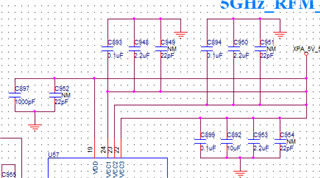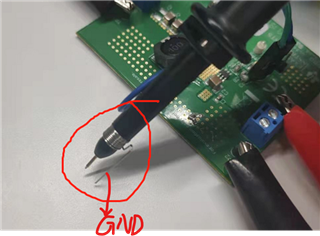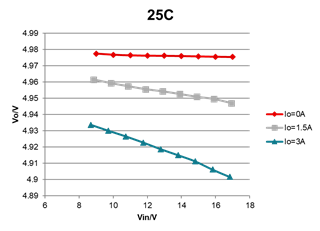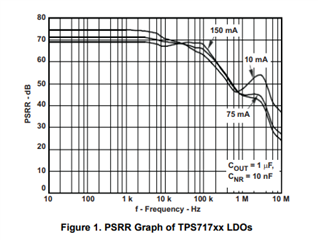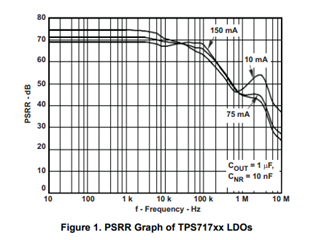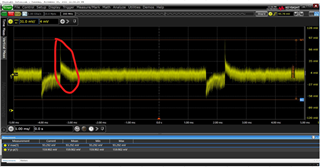Other Parts Discussed in Thread: TPS62913
We found issue in one of our field returned device. Our Front end module of WIFI IC is getting damaged at it's power pins.
We can replicate this issue by providing 6V to our Front end Module IC.
This Front end module is powered up (5V) with TPS563249DDCR switcher IC. For switcher IC input voltage is 12V and required output voltage is 5V.
We need to understand under which conditions our switcher IC will exceed it's output voltage limit.
attaching the circuit for your reference.



